When it comes to seals, many people think that in addition to hunting underwater, they only know how to lie on the beach and … “sleep”. But did you know, seals are also considered the cutest animals in the ocean?
|
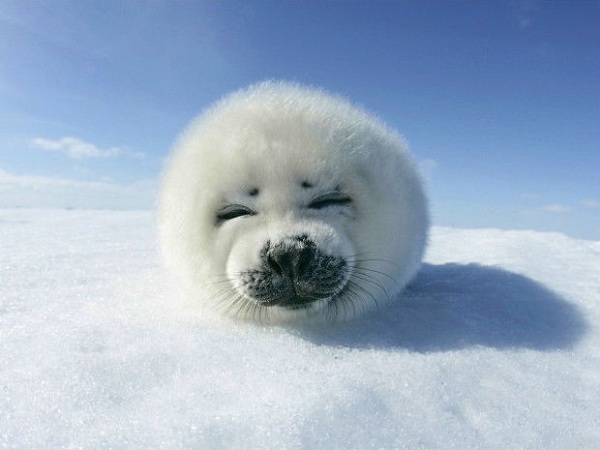
Seals are a group of the superfamily Pinnipedia. They are classified by… ears: the Phocidae seal family has no ears (including sea leopards, lion seals…) and the Otariidae family has external ears (including sea lions, sea elephants…).
|
|
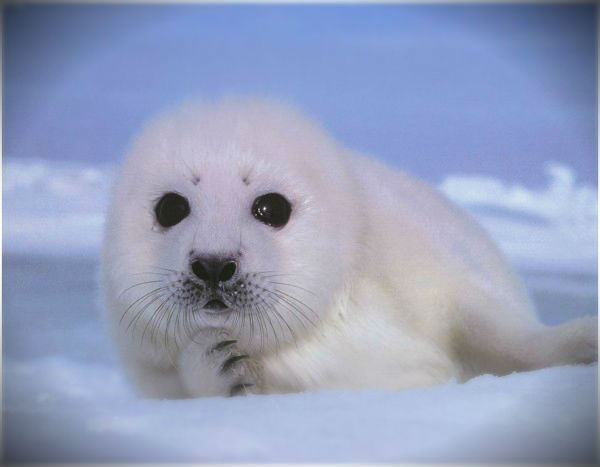
With big round, glittering eyes and cute dog-like faces, seals are famous for being “innocent fools” animals.
|
|
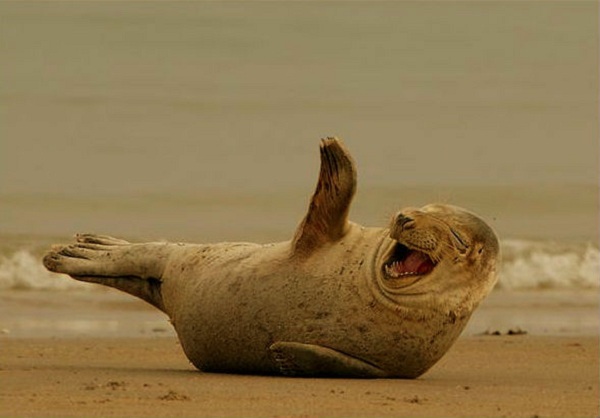
They are found in all the world’s oceans, from the frigid ice to the sun-drenched beaches of Hawaii, thanks to their remarkable adaptability to the environment.
|
|

In addition to the thick coat and fat layer, seals can also self-regulate blood flow to the surface of the skin to retain heat in cold weather. In contrast, in warm areas, blood is circulated throughout the body, causing body heat to dissipate to the environment.
|
|

To promote fat deposition, female seals provide their pups with “super nutritious” milk with more than 50% fat. Thanks to that, the baby seals often expand very quickly (can gain up to 2kg per day).
|
|

Seals live mainly in the water, but they breed and raise their young on shore. If not mature enough, baby seals can… drown when entering the water.
|
|

Because the limbs are much shorter than other mammals and cannot support their bodies, seals often have to limp when moving on the ground. Therefore, they are considered the most “uncharacteristic” moving species on land.
|
|
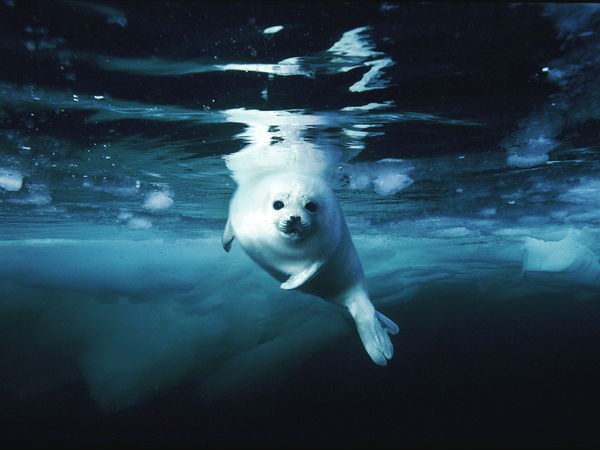
Although clumsy creatures on land, seals can transform into talented ballerinas when in the water. They swim extremely gracefully thanks to their slender body, long fin legs and a membrane in the middle like a paddle.
|
|

Seals are also excellent divers, they can dive for 1 hour at a depth of 500m without needing to come up for more oxygen. Seals maintain oxygen by slowing the heart rate and regulating blood flow to only the most important body parts. When diving, their heart rate can drop to 20 beats per minute.
|
|

The big round eyes not only look cute, but also help them see clearly at a depth of hundreds of meters. At depths where no light can reach, the extremely sensitive long mustaches will swing back and forth to help them detect the slightest vibrations.
|
|

Seals are very sensitive to smells and sounds. Their nose is not active when swimming because the nostrils are “closed” in the water, but it is especially useful on shore. When born, baby seals and their mother will sniff to “identify” each other, so that the cubs can recognize their cubs in the middle of a crowded beach with thousands of individuals.
|
|

The seal’s favorite “menu” varies by species, but there’s never a shortage of fish. However, seals are also eaten by some natural predators such as polar bears, sharks, and killer whales. As gentle animals, they have almost no weapons to defend themselves against enemies.
|
|

Due to the hunting of seals for their skin, meat, fat and pollution of the marine environment, now humans are the most dangerous “enemies” for this animal.
|
|
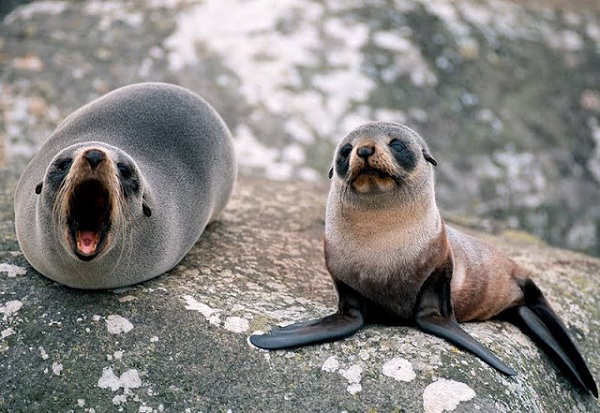
Like dolphins, seals are known for their friendliness and intelligence. They can be trained to understand simple sentences and perform fun spins, acrobatics, and spins.
|
|
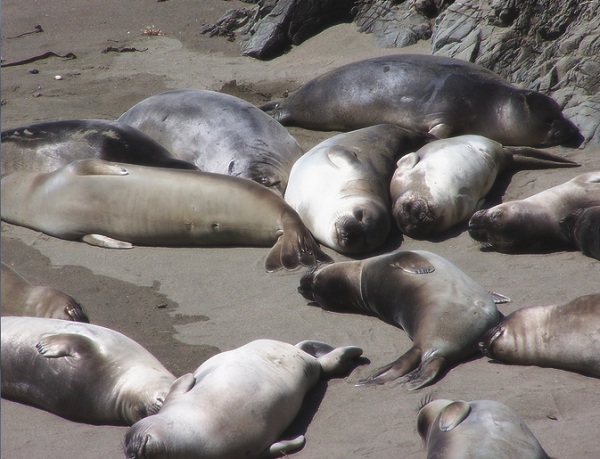
When sleeping, in order to save energy, seals often keep their breathing very slow, the body does not rise and fall according to the breathing rhythm. Lying “im re”, motionless makes many people think they are dead but in fact they are just sleeping.
|
|
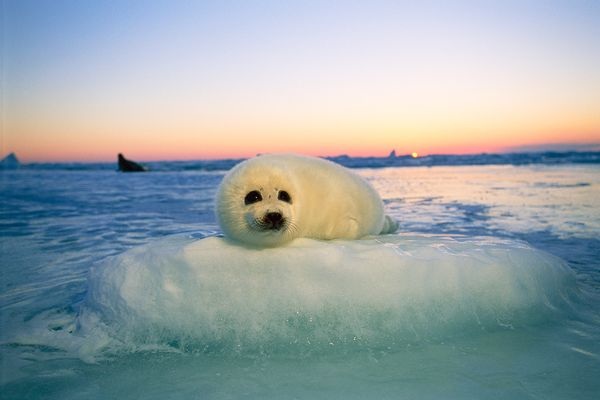
Seals are naturally curious, the appearance of humans often makes them more curious than scared. They often swim to the side of boats and crane their necks to “see” what is going on.
|
|
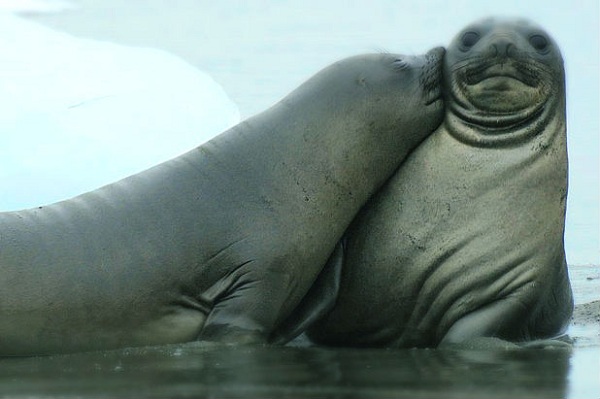
Seals are affectionate animals. They often have “sweet” gestures with others, like to play together and rarely conflict.
|





